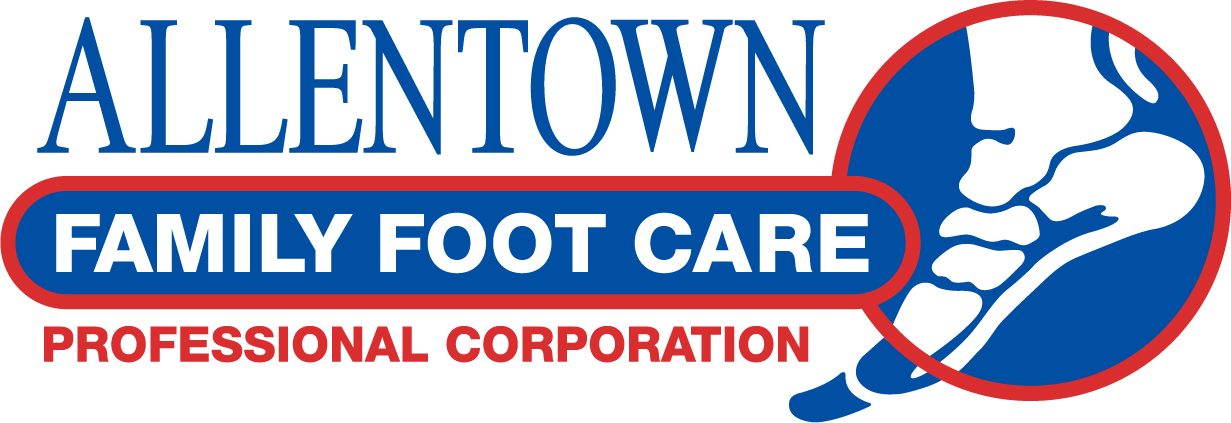Your child’s pediatrician may have told you that your child has flat feet. Many parents ask me if this is a serious condition. “Does this condition need to be treated”? “He’s not complaining of pain, so what is there to do about it”?
“Flat feet” or pes planus is when the arches of the foot collapse or the foot rolls to the “inside” and the foot is not aligned with the leg. It is important to address this condition in childhood. You inherit your foot structure from your parents. If it is not addressed in children it can lead to heel pain, severs disease, aching in the arches and feet such that the child will not want to participate in gym or sporting activity. Over time this can affect the health and self-esteem of a child who is not engaged in physical activity with their peers.
As an adult, untreated pes planus can lead to premature arthritis, pain in the feet, and limitation of joint mobility and function. This can be a very disabling condition once the ligaments and tendons become so stretched out that the foot swings out from under the leg, causing you to walk on the ankle.
Most children will not complain about pain or have difficulty walking because their bodies are young and resilient. But now is the time to treat this condition to avoid further problems. If we can catch the condition while the patient is young, a custom orthotic can be made to fit into the shoe to help realign the foot and ankle and help the muscles perform in their optimum position. By realigning the foot, custom orthotics are important to alleviate the stress and strain that can be caused while the child is young and avoiding the more severe complications that can occur in adulthood.
When we consider inserts or orthotics for shoes it is important to realize that an over the counter Dr. Scholl type insole will not hold up under the child’s weight and cannot help to realign the foot and ankle. Only a rigid custom orthotic can do this properly. The device needs to be molded to the child’s foot and properly support the arch to hold up under the child’s weight and not collapse under their foot.
Many parents are concerned about the cost of these devices for their child since they are still growing. When you consider what your child will spend in the future on physician visits, treatment and possibly surgery and lost time from work the cost at this point is minimal. As they say, “an ounce of prevention is worth a pound of cure”.
Additionally, the proper shoes are just as important as an orthotic to treat this condition. An orthotic needs a supportive shoe to function properly. This requires a sneaker with a stiff midsole and stiffer upper materials that will not let the child in the orthotic “roll over” the inside arch of the shoe.
Most of all it is important to have the child evaluated by a podiatrist to make recommendations on treatment, shoegear and inserts/orthotics for the shoes. If there is a family history of foot problems, chances are that the newest generation will have them too if preventive measures are not implemented.
